It’s been a while since I’ve wrote an “Engineering Explained” post. Let’s get to it.
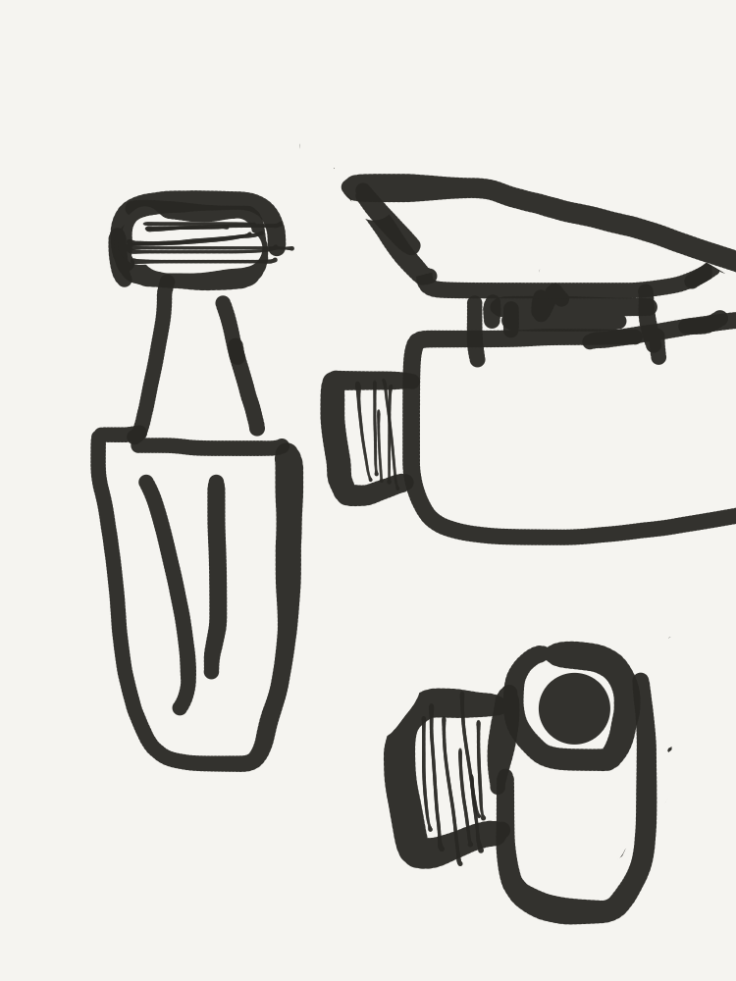
A while ago, I did an Engineering Explained post about turbochargers. This time, I’ll explain it’s evil twin brother, the supercharger. What is a supercharger? Keep reading and it will all make sense shortly. Que the crude drawings!
A supercharger is another means of forced induction. Both superchargers and turbochargers, are basically air compressors that help force more air into the engine, creating more power. The main difference, lies in the source of the power. Unlike the turbocharger, which recycles exhaust, the supercharger generates power from the engine itself.
Superchargers are mainly belt driven devices, but there are alternate means to achieve boost. Superchargers can be gear, chain or shaft driven and they are connected to the crankshaft. Basically, when the crankshaft turns, the supercharger turns, which forces more air into the engine and BANG…more power! Like a turbocharger, the supercharger spins rapidly to draw in as much air as possible.
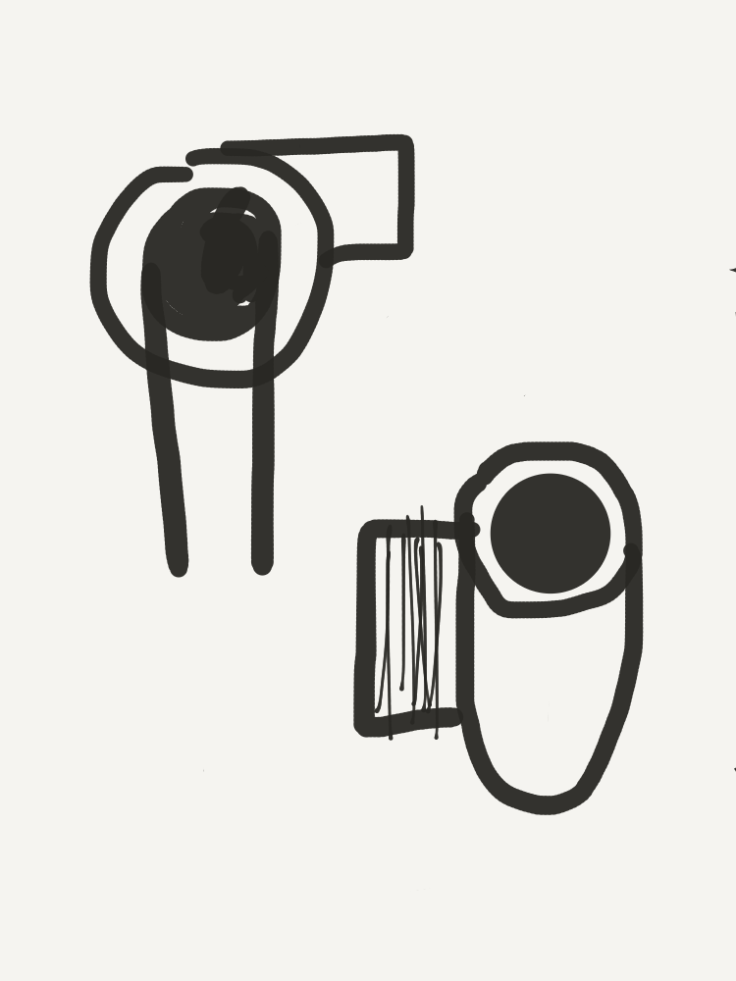
There several different styles of supercharger. The first type is centrifugal which is built like a turbocharger, but is belt driven, and uses an impeller, which is interchangeable, to draw in air. The centrifugal type is the most popular way due to is user-friendlyness. The only downside is the fact that this type of supercharger doesn’t create much power at lower RPMs, like the others.
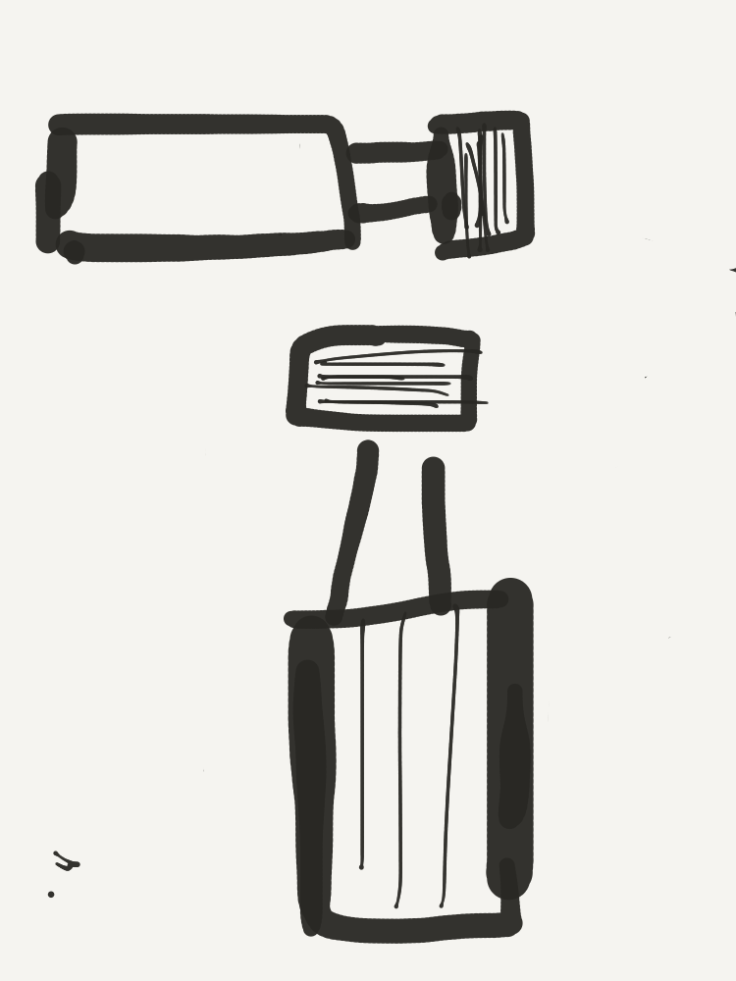
The second type is the screw type, more commonly known as twin-screw, which uses screws to compress air. The screw type, is great for towing because is creates power from idle through the rest of the power curve, but doesn’t create more power in the higher RPMs because it creates a flat power curve. One of the most famous brands is Kenne-Bell which can be found on some SVT Cobras.
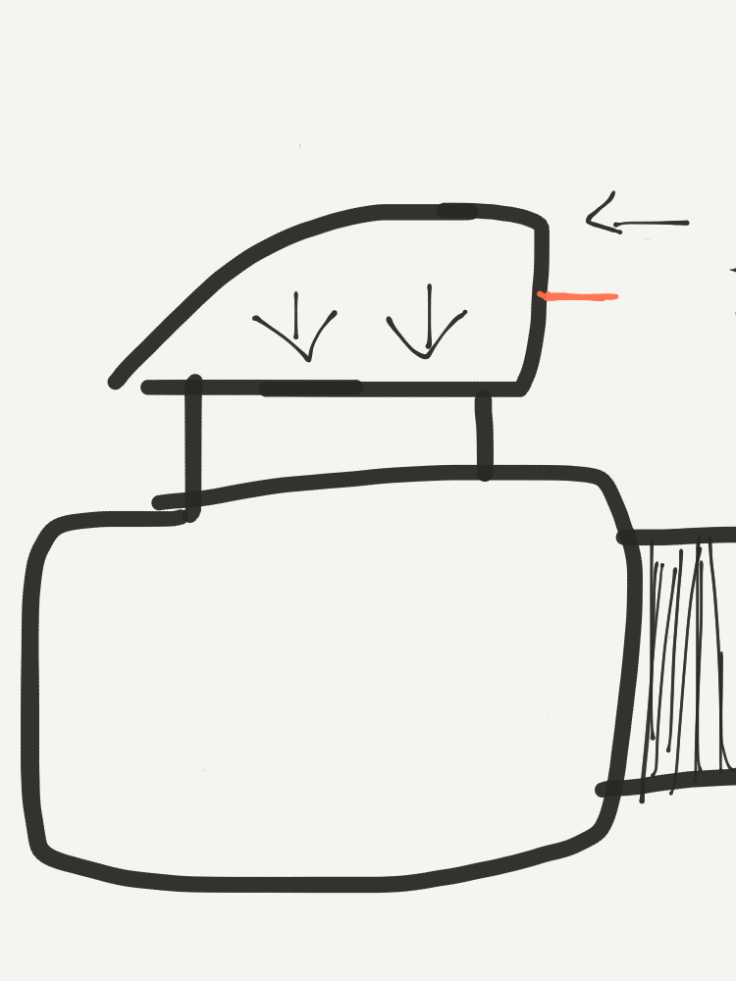
The third type is the roots supercharger, also called a blower. These are cosmetically appealing because because of the giant air scoop. The roots type works most similar to the screw type, but is different in function from the centrifugal and screw types. Instead of compressing the air, the roots type pumps air into the engine via the scoop, which again creates power.
One of the main dislikes concerning superchargers is the myth of “parasitic loss.” Because, the supercharger is belt (or gear, chain or shaft) driven and needs all of the other required equipment, you lose horsepower due to “parasitic loss.” Truth be told, yes, you do lose power due to parasitic loss. However, the amount of horsepower is minimal at it’s worst. I mean, 1HP out of 500HP is virtually unnoticeable. Not to mention, wouldn’t some of the extra pieces from a turbo setup cause the same thing?
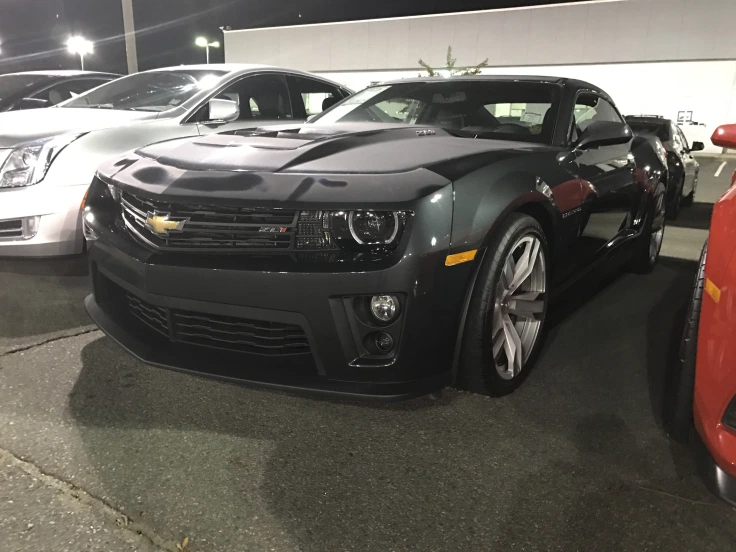
Some notably supercharged cars are:
- C6 Corvette ZR1
- C7 Corvette Z06
- Dodge SRT Charger Hellcat
- Dodge SRT Challenger Hellcat
- Cadillac CTS-v
- Some AMG Mercedes-Benzes and Kompressor models
- Chevrolet Camaro ZL1
- Jaguar XJR
To sum it all up, a supercharger is a form of forced induction, that uses a pulley, which is driven by a belt, gear, shaft or chain, which is connected to the crankshaft, to create increased power. The different types are centrifugal, screw and roots, which deliver power through various means. And lastly, “parasitic loss” probably happens on Turbo setups too.
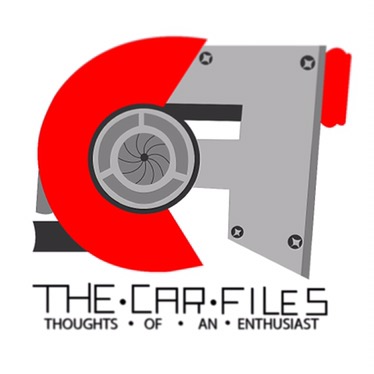
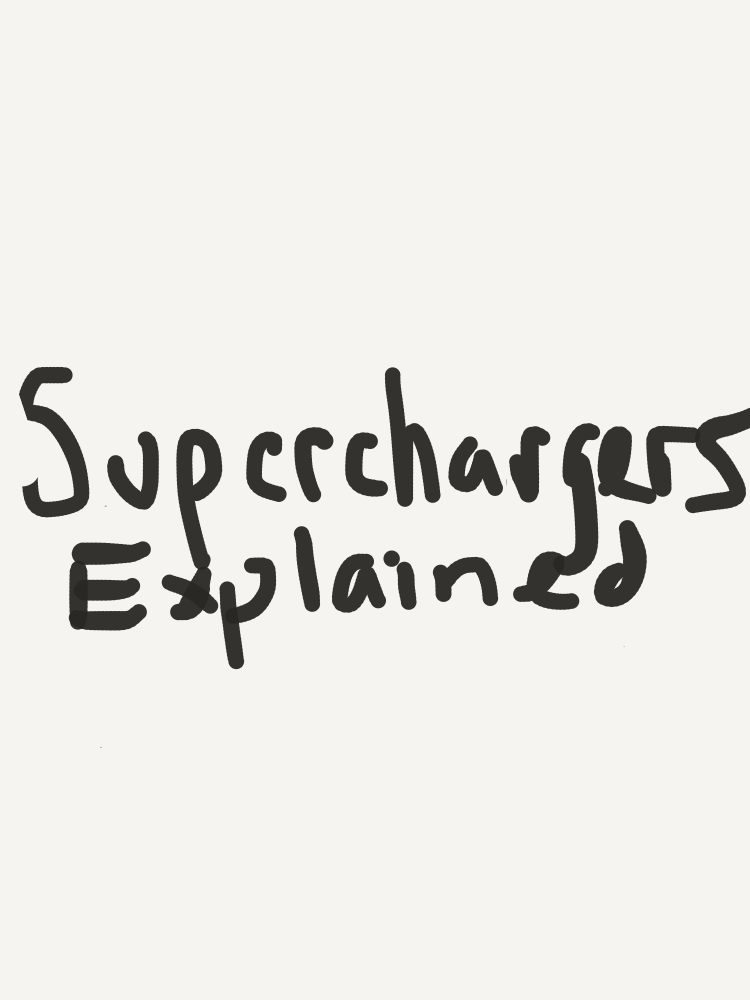
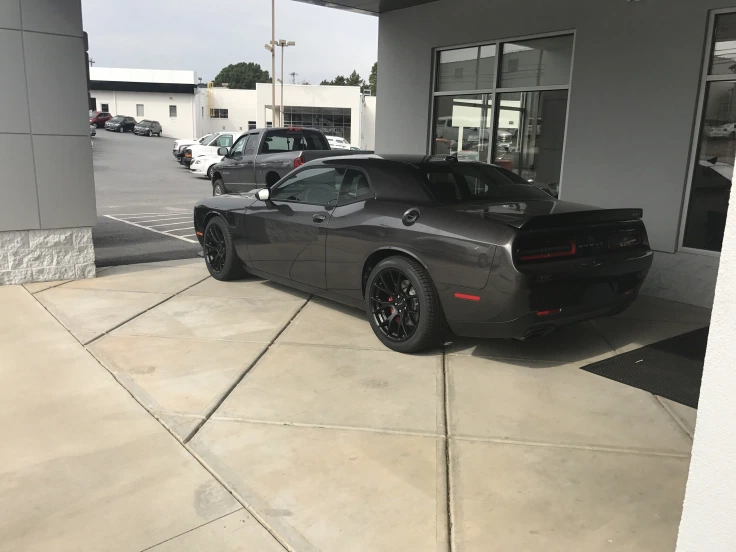

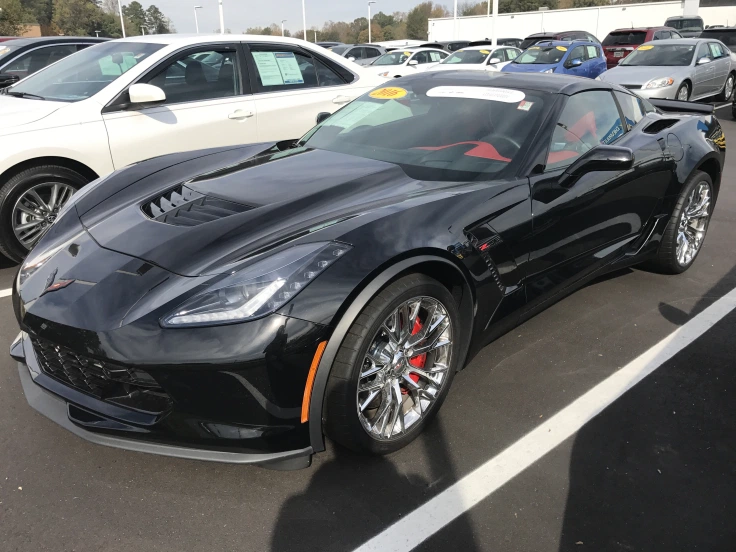

Comments?